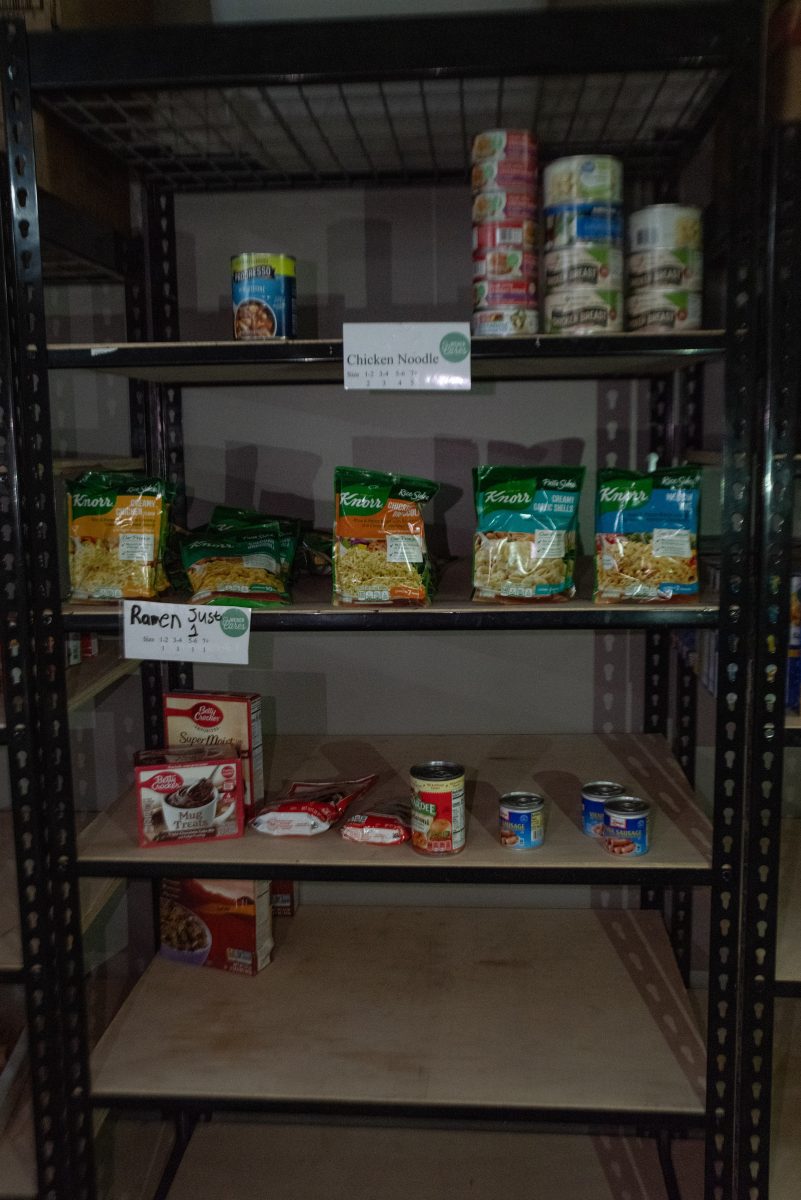If you haven’t heard, many medical authorities label the obesity rate in the United States as a national epidemic. It’s bad enough that some people in other countries like to refer to the fat Americans as the new American stereotype.
First lady Michelle Obama has been working over the past several years to try to remedy that. Most recently, she’s working with the FDA on revamping food labels. You know, those colorful things wrapped around your processed and packaged foods with a white box and black letters that tell you all sorts of helpful facts, like how much saturated fat is in the foodstuff or how many ounces make up a serving size.
The new food labels, if the proposal passes into law, will change several aspects in the familiar white box. Among these changes, the new labels would make the calorie amount larger and more obvious, show how much sugar has been added into the food, and adjust current serving sizes to more realistic servings — because, as Reuters pointed out, who actually eats just one half cup of ice cream at a time?
Let’s be honest — how many people actually live and eat by food labels? Frankly, we don’t see everyone standing around in the aisles of grocery stores, reading through the food labels of every food they buy. Unless, of course, they’re intentionally counting calories.
The suggested changes to the food labels, particularly the updated serving sizes, would likely offset some people from eating too much, as the calorie counts would be significantly higher. Seeing those high numbers might be off-putting. But those people most likely understand the consequences of eating more calories than you burn or consuming excessive amounts of added sugar. Without that knowledge, the food labels become mostly meaningless.
This is especially important, as the main intent of the food label revamp is to decrease obesity rates (thereby improving the overall health of the nation and subsequently decreasing national medical costs). However, if you’re going into a store to buy a certain thing you’ve likely bought a dozen times before, chances are you’re going to buy it regardless of what the pretty packaging says. Especially if it’s the only food in your budget or the only meal your kids will eat. Especially if you don’t quite understand the potentially grave physical and economic impact on yourself and your family because no one ever bothered to teach you what the heck those food labels mean or why they matter.
We can tell people all the scarily high calorie numbers and added sugar percentages we want. But if they don’t know why it matters, if someone doesn’t educate them or provide them with the means to choose other options, then the labels are just meaningless numbers.
You can give a man a fish, but if he’d rather eat a candy bar, that fish isn’t going to do him any good.




















